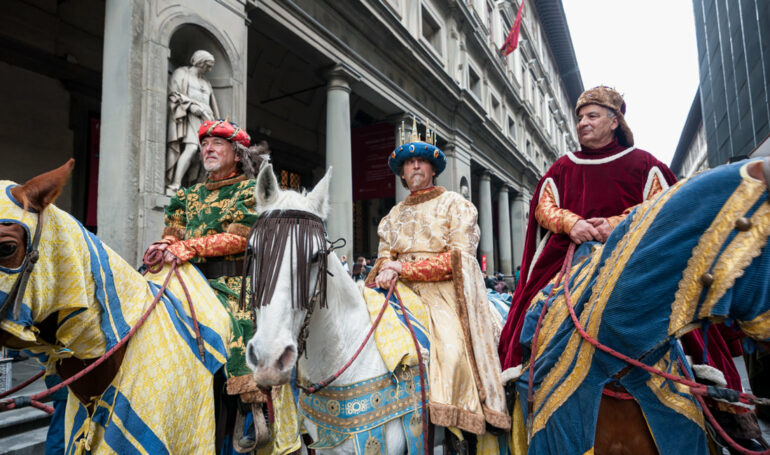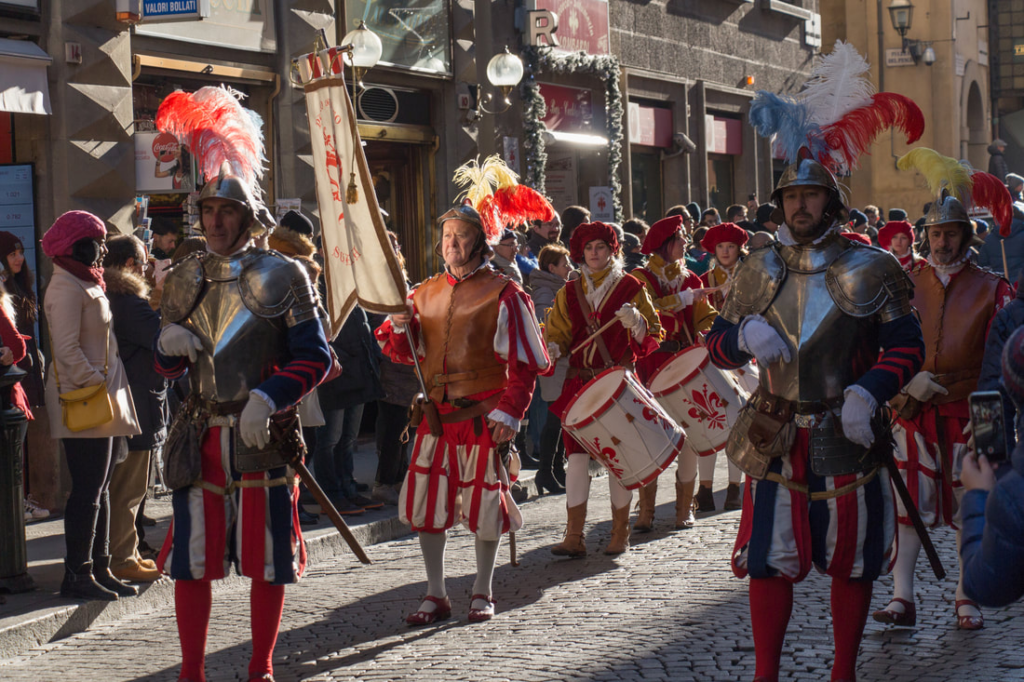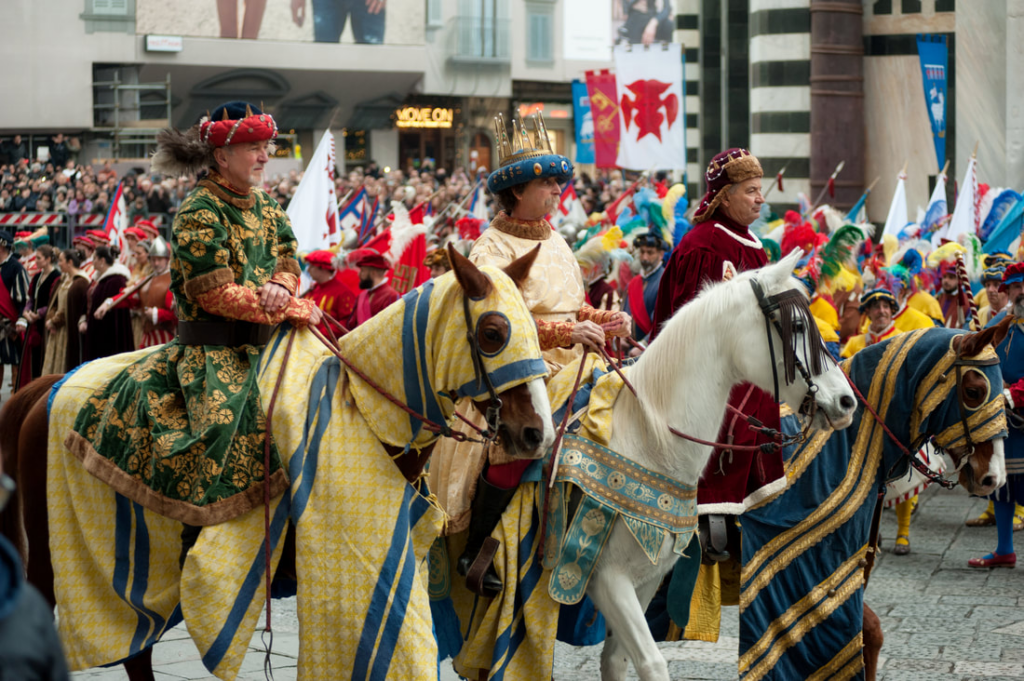
The Feast of the Epiphany and Italy’s Befana
Drive by any neighborhood in the US a few days after Christmas, and you’re likely to see Christmas trees at the curb, ready to be picked up by the town’s waste management team. I’ve seen my share with tinsel or fake show still on them. For many, the day after Christmas is the day they un-decorate their home, and remove Christmas from the house, as some might say. Having been raised in Italy, where the season is celebrated until January 6th, this is a sad sight for me to see.
January 6th, which is exactly 12 days after Christmas, is when Italians and all Catholics celebrate the feast of the Epiphany. This is the real last day of the Christmas season, not December 26th, as some might want to believe. If we want to get technical, the Christmas season actually starts on Christmas Day, and lasts until the Epiphany. The days prior to Christmas are actually part of the advent.
While Italians and Italian Americans conjure up images of a friendly witch on a broom delivering small gifts to well-behaved children; the Epiphany of course, has a much deeper, religious meaning.

According to the Gregorian calendar, January 6th marks the day the Three Wise Men, also known as the Magi, arrive to visit the newly born baby Jesus after several days searching for him, by following the Star. It’s also believed to be Jesus’ Baptism day, some 30 years after his birth. The word itself is of Greek origin and it means “manifestation” or “to show or display” to an audience. Both the visit of the Magi and the Baptism are important times in which Jesus was displayed as being an important figure, the son of God. According to the Catholic Church, the Epiphany rejoices the adoration of Jesus by the visiting Wise Men.
So where and how does the Befana, the friendly which delivering goodies to all well-behaved Italian children, actually come into play?


Christian folklore tells us that the Three Wise Men approached a friendly older woman asking her for directions as to where they might find Jesus. She did not know, but as they were in for a long journey, and she being a gracious host, she welcomed them in for the night so they could rest before continuing their journey. As she kept a very clean home, always sweeping and tidying up, she was more than able to welcome in some guests.
The next day, they continue on their journey and invited the kind woman to join them in finding the newly born Prince. She turned them down, indicating far too much housework would keep her away from her responsibilities. She later changed her mind, however, and set out to find the Magi and Jesus. She was unable to find them, so to this day, every year she goes out on her broom, looking for the little baby. She enters every home with the hope of finding him, and when she doesn’t, she leaves behind small toys or candy for the children she does find.

January 6th really is the end of the Christmas season in Italy. Starting on December 8th, the feast day of the Immaculate Conception, the feast of the Epiphany closes the season, much to the dismay of children all over, who by this point, have enjoyed several weeks of time off from school, overdoing it on sweets, being spoiled by relatives they might not see regularly, as well as receiving not one batch of presents from Babbo Natale , but one also from La Befana.


What to Pack for Italy
Cosa Mettere in Valigia per l'Italia
Everyone is always asking me what they should pack for Italy,
so I’ve created a quick reference guide that you can use for your next trip.
Hint: You don’t need nearly as much as you think you do!

Leave a Reply